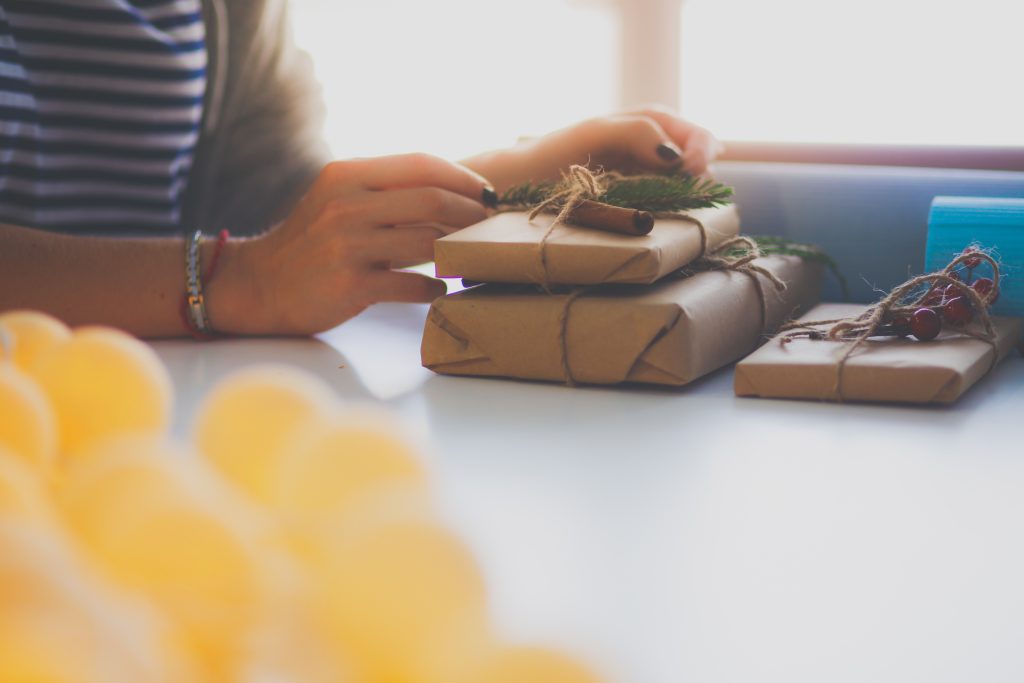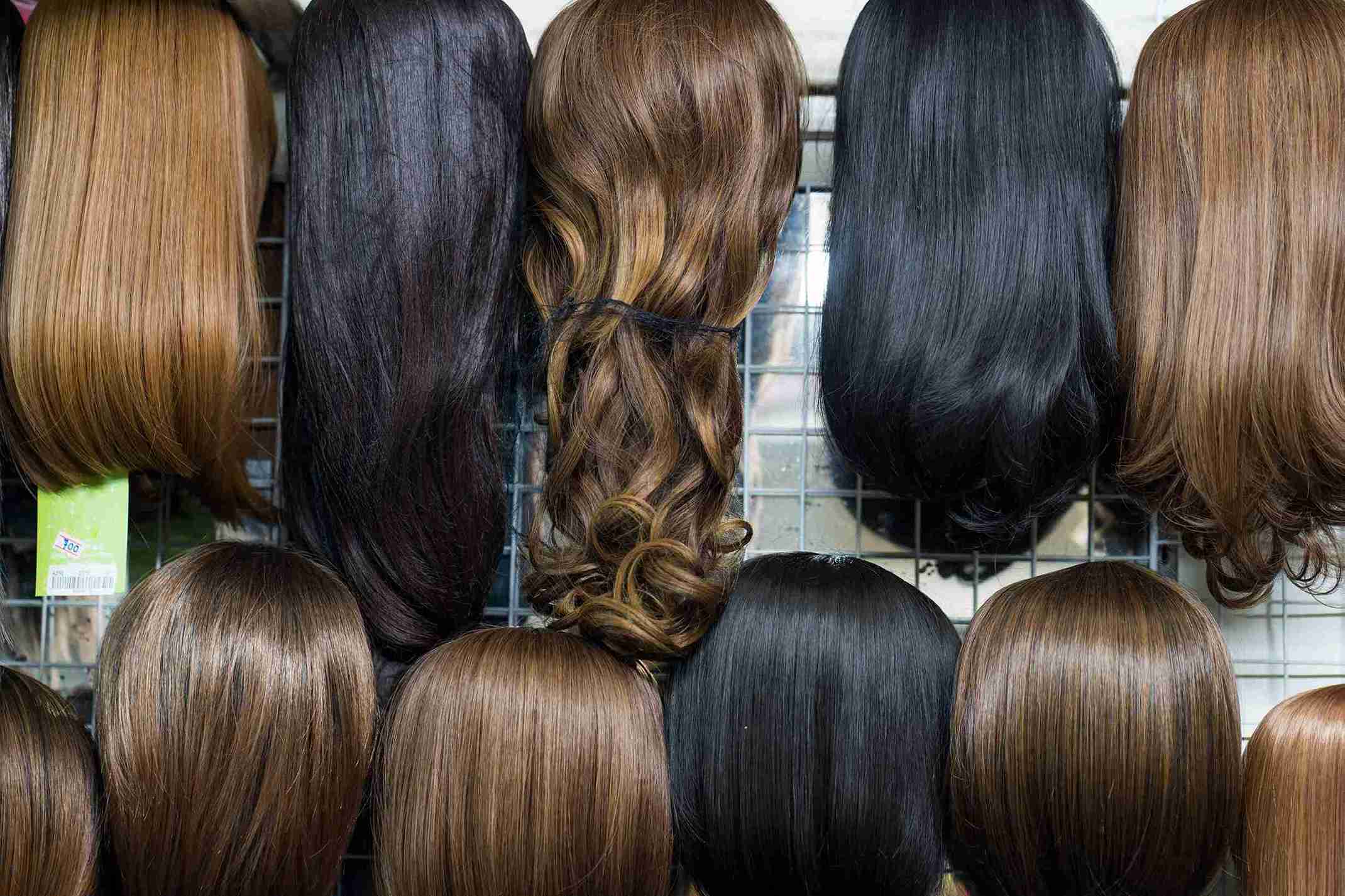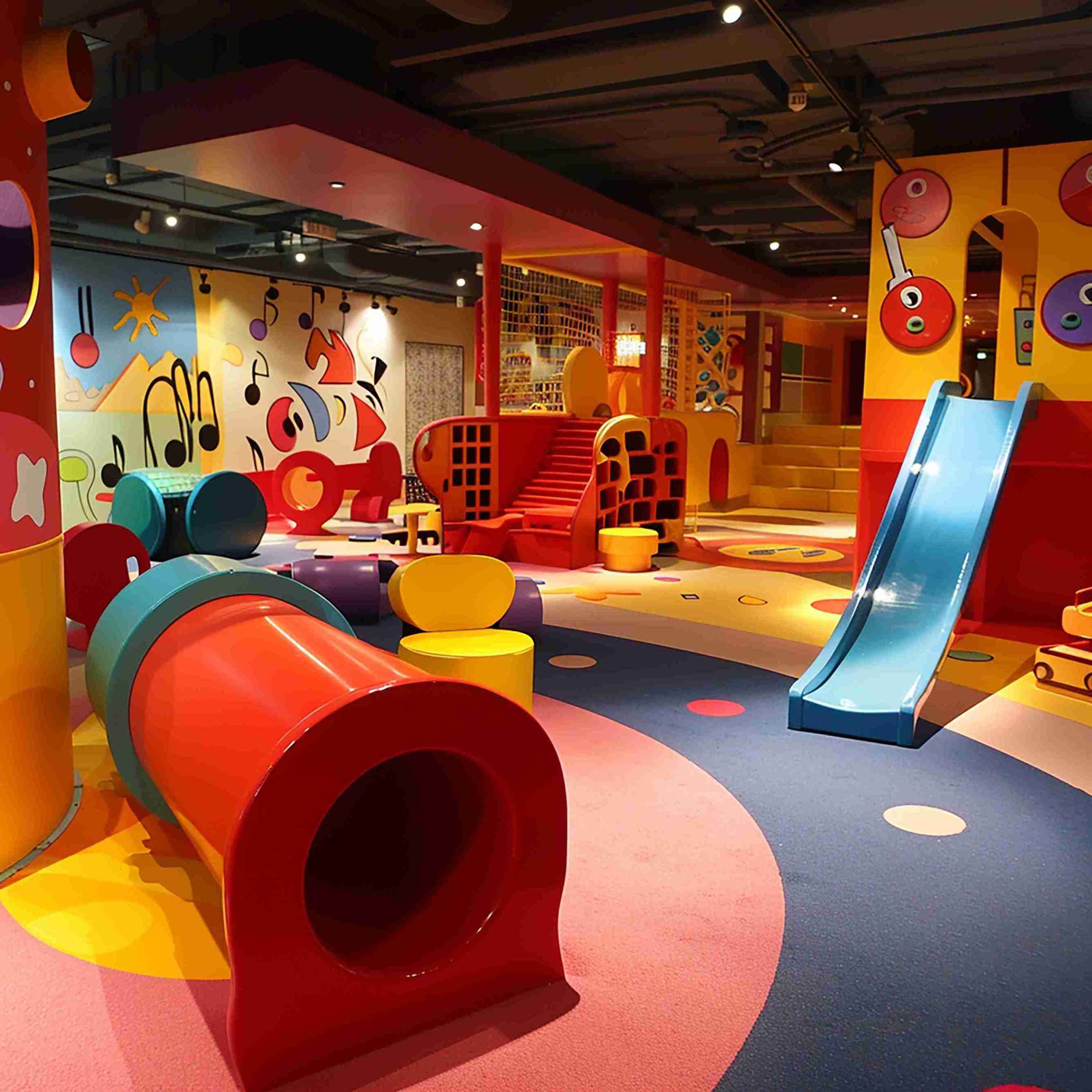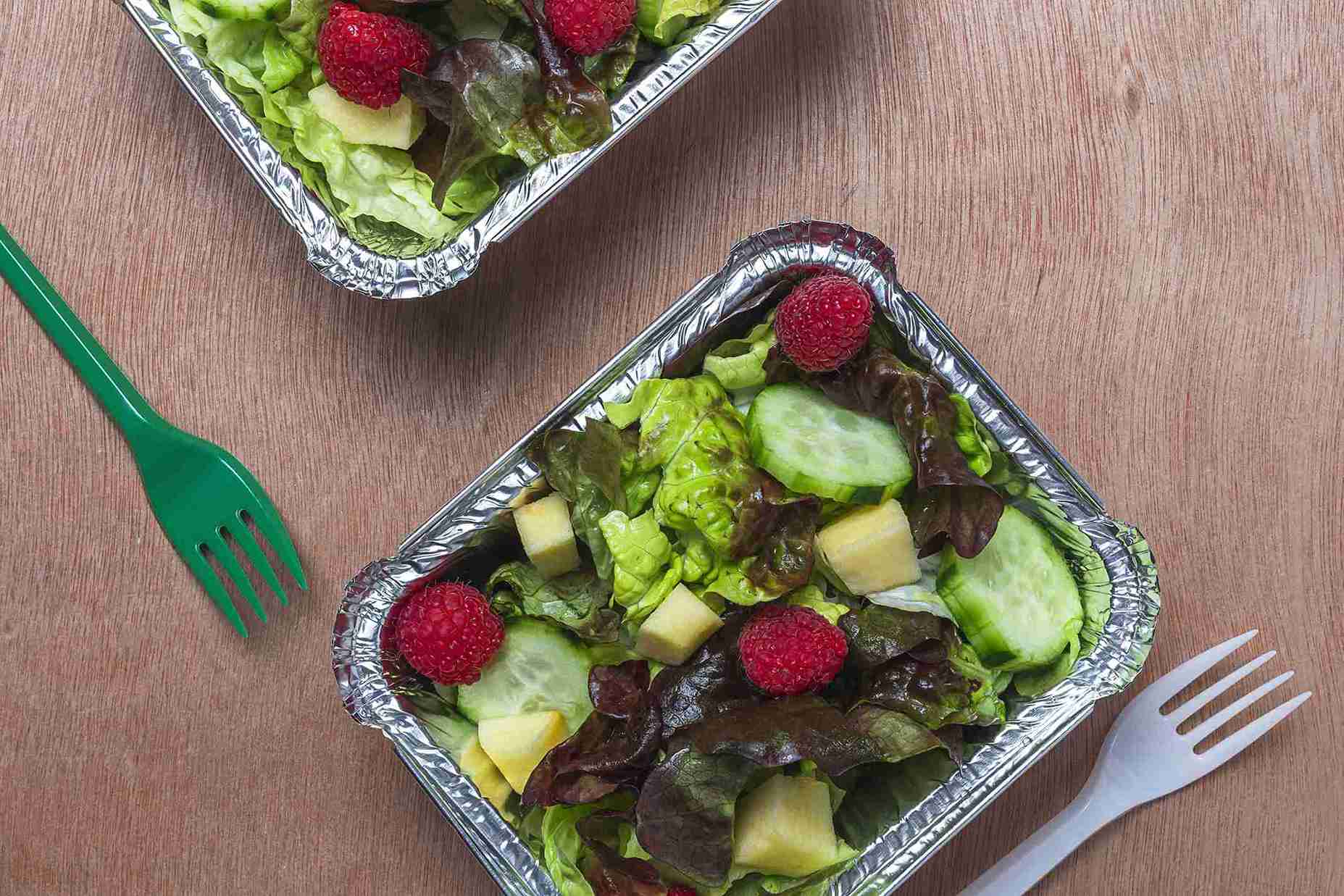The packaging is no longer a mere protecting layer, it is a story telling element that creates expectations, emotions and perceptions of the consumers. With lifestyle and seasonal products, presentation may be worth as much as the product. Packaging can be used to attract attention, communicate brand identity and persuade the customer to buy the product, based on the texture and color, structural design, and materials used.
Particularly at the time of festivals and holidays, packaging design becomes a crucial part of the whole consumer experience. The way a beach bag is displayed or how chocolate boxes are wrapped can determine not just desirability but also brand loyalty.
Designing a Beach Bag That Balances Style, Storage, and Brand Identity:
The beach bag has evolved from a simple utility item into a seasonal fashion statement that reflects both style and function. For brands, designing a successful beach bag goes beyond aesthetics. It involves a delicate balance of the choice of materials, ergonomic design, storage capacity, and aesthetic look, at the same time staying true to the brand.
From a materials perspective, durability and sustainability are the most important. Recycled polyester, lightweight canvas, and water-resistant fabrics are not only functional but also have an eco-friendly touch. Structurally, the bag has compartments, zip closures, reinforced handles which makes it easy to use and not only fashionable but also reliable to the beachgoers.
Visually, the beach bag becomes a moving billboard. Bold patterns, summer graphics, and logos printed to be exclusive to the brand are used to incorporate the brand identity in the product itself. Limited-edition collections usually contain some seasonal aspects such as tropical prints or pastel color schemes, which makes the item very giftable.
In retail settings, how the beach bag is displayed also affects perception. High presentation i.e. in the form of systematic shelf arrangement or matching with other complementary accessories can divert consumer attention to value rather than on the price. This turns the beach bag into not just a practical item, but a memorable, gift-worthy purchase.
How Chocolate Boxes Reflect Luxury, Freshness, and Gifting Appeal?
In the realm of edible gifting, chocolate boxes are an iconic example of how packaging drives consumer appeal. They are not only containment, they are indulgent, festive, and thoughtful to the individual. Be it a Valentine Day box, a corporate gift or a wedding favor, the outside presentation does all the talking about the contents of the package.
Finish and material is an important aspect of providing a high-end experience. There are also rigid boxes with magnetic closures, embossed logo, foil stamping and textured paper lining that all add to a luxury effect. The use of transparent windows gives the teaser of the senses, and the inner trays make sure that the chocolates are not disturbed and still look good.

There is a lot of color psychology that is used here, gold is used to show richness, red to show passion and pastel to show softness and approachability. The quality and freshness of the product are also determined by typography, the position of the logo, and graphic design. The modern values, such as sustainability and social responsibility, are also expressed by brands that spend on innovative or eco-friendly packaging materials.
Cross-Selling and Packaging Strategies: Pairing Beach Bags with Chocolate Boxes for Seasonal Campaigns
Cross-selling opportunities are also considered by retailers and brand strategists as they combine seemingly unrelated items into coherent season packages. Pairing a beach bag with chocolate boxes, for example, can be a highly effective marketing tactic, especially for holiday, travel, or summer-themed campaigns.
The secret is to establish harmony visually and contextually. The organization of color schemes, common branding elements or similar packaging styles ensure that the products do not feel like they were just thrown together, but rather they are intentionally matched. For instance, a beach bag featuring tropical colors and a matching chocolate box with palm tree motifs can instantly communicate a “vacation gift set” narrative.
It is more attractive when bundles provide a story. A “Summer Escape Kit” containing a beach bag, sunscreen, artisan chocolates, and a mini travel guide creates emotional engagement and increases perceived value. Retailers are also able to utilize time-bound deals, customization choices, and labeled labels to increase a sense of urgency and exclusivity.
When products complement each other both practically and visually, cross-selling becomes a natural extension of the shopping experience.
Trends in Customizable Packaging for Travel and Gifting Markets:
Personalization is rapidly becoming the new norm in gift-giving as well as travel retailing. For products like beach bags and chocolate boxes, offering consumers the ability to personalize colors, monograms, or messages elevates the perceived exclusivity of the item and aligns it with contemporary buying preferences.
In the case of chocolate boxes, variable printing allows brands to adapt designs for different seasons, regions, or customer segments. It does not matter whether it is a winter one with snowflakes or a romantic one on Valentine Day, the box transforms to be something more than the packaging, but a seasonally relevant message.
Beach bags, on the other hand, are being tailored with features like removable pouches, embroidered initials, or even digital NFC tags that link to brand stories or care instructions. These improvements target tech-savvy and style-conscious consumers who seek something unique and functional.
There is an increasing role played by sustainability. The use of recyclable, compostable and reusable materials is gaining preference in all forms of packaging. Chocolate boxes made from biodegradable board and beach bags from upcycled fabrics reflect a shift toward responsible consumption—an attribute that heavily influences modern purchasing behavior.
The personalization of products using tech solutions, the preview of packaging with augmented reality, and the suggestions based on AI are redefining brand design. Personalization is what makes a retail experience more profound, emotional, and memorable whether it is just a single product or a gift set.
Conclusion:
With the increase in competition in the gifting and lifestyle product market, packaging has emerged as a major aspect that determines the opinion of a consumer. Products like beach bags and chocolate boxes, once seen as purely functional, are now central to storytelling, branding, and emotional engagement.
Seasonal gifting is no longer about what is inside a box, it is about the whole process of discovery, unboxing and delight. With the help of considered design, visual unity, and custom elements, brands will be able to create stronger bonds with their customers and become more recognizable in an oversaturated market. A properly done packaging is not a wrapper; it is the first impression and the memory.




